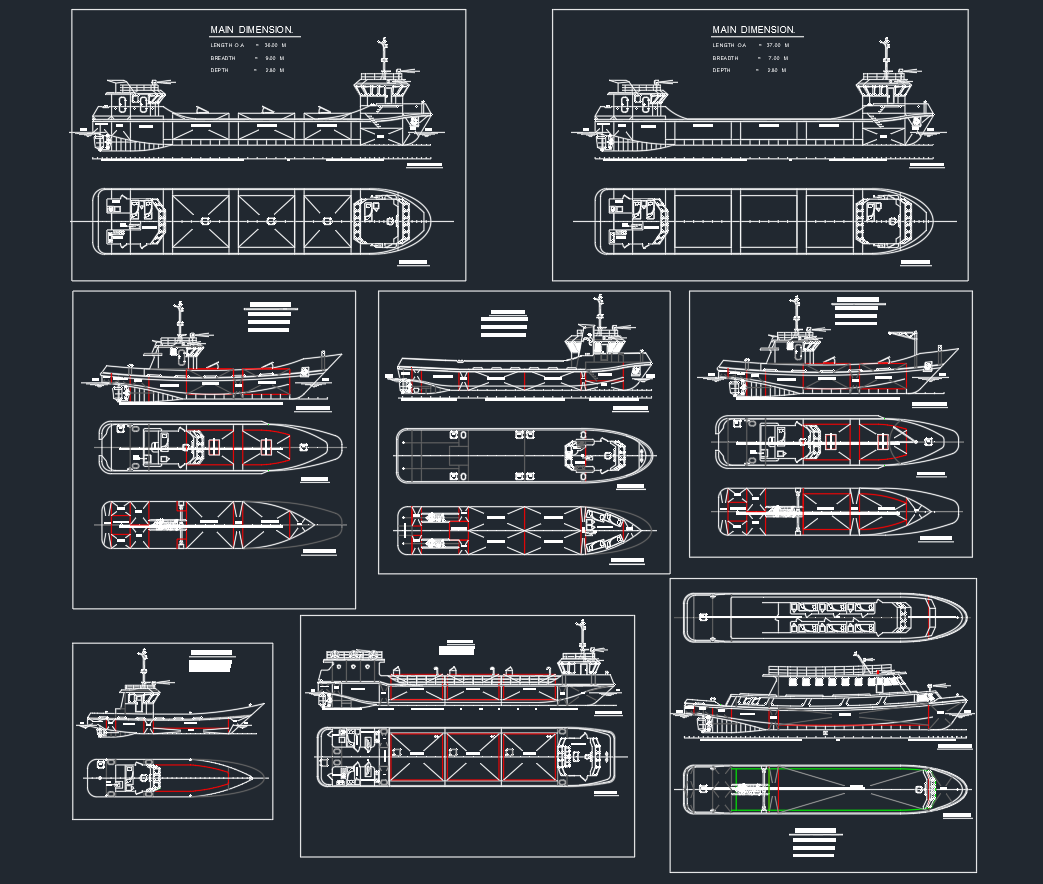Introduction
Cargo ships (also called freighters) are the backbone of global trade, transporting goods across oceans and connecting markets worldwide. Understanding how cargo ships operate, their different types, and their importance in supply chains is key to appreciating global commerce and maritime logistics.
1. What Is a Cargo Ship?
A cargo ship is a vessel designed to carry goods (cargo) rather than people. They vary in size, structure, and design depending on cargo type—solid bulk, liquid, packaged goods, vehicles, refrigerated goods, etc. Wikipedia+2freightanchor.com+2
Cargo ships are classified based on the cargo they carry, whether they have specialized equipment, and the trade routes they operate. Wikipedia+2txintlfreight.com+2
2. Major Types of Cargo Ships
Here are the main categories and their typical roles:
| Type | Purpose / Cargo | Key Characteristics |
|---|---|---|
| Container Ship | Carries cargo in standardized containers (20-ft, 40-ft, etc.) | Uses containerization; capacity measured in TEU (Twenty-foot Equivalent Units) Wikipedia+3Wikipedia+3freightanchor.com+3 |
| Bulk Carrier (Dry Bulk) | Carries unpackaged bulk cargo: coal, grain, ore, cement, etc. | Large holds, often self-discharge equipment in some cases txintlfreight.com+3Sinay+3freightanchor.com+3 |
| Tanker | Transports liquids: oil, petroleum, chemicals, liquefied gas | Segmented tanks; specialized pumping systems Wikipedia+2clarksons.com+2 |
| Reefer Ship | Carries refrigerated goods (fruits, vegetables, meat, etc.) | Temperature-controlled holds or containers Sinay+2clarksons.com+2 |
| Roll-On / Roll-Off (Ro-Ro) | Designed for wheeled cargo: cars, trucks, machinery | Vehicles can roll on/off via ramps Sinay+2clarksons.com+2 |
| General Cargo / Breakbulk | Carries a mix of packaged goods, machinery, palletized cargo | Flexible loading via cranes, diverse cargo types Wikipedia+2clarksons.com+2 |
| Multi-Purpose Vessel (MPV) | Combines capabilities to carry different cargo types (bulk + containers + general) | Versatile design, sometimes with own cargo gear Wikipedia+2clarksons.com+2 |
Some specialized ships or hybrid types also exist (e.g. heavy lift, project cargo, open hatch general cargo) cslindia.net+2txintlfreight.com+2.
3. Key Specifications & Terms
Here are important metrics and design features used in the shipping world:
- TEU (Twenty-foot Equivalent Unit): Standard unit to measure container ship capacity.
- Deadweight Tonnage (DWT): Total weight a ship can safely carry (cargo, fuel, provisions).
- Draft (or Draught): Depth of ship below waterline, determining how deep water it needs.
- Beam: Width of the ship at its widest point.
- Freeboard: Vertical distance from waterline to the deck.
- Gear / Gearless: Indicates whether a ship has its own cranes or relies on port cranes. E.g. container ships are often gearless nowadays. Wikipedia+1
4. How Cargo Ships Fit into Global Trade
- Over 90% of non-bulk trade by volume is carried by sea using cargo ships. arXiv+2Wikipedia+2
- Cargo ships follow both liner routes (regular schedules) and tramp services (on-demand routes) depending on type & contract. Wikipedia+1
- Modern containerization has revolutionized efficiency in loading, transport, intermodal transfer (ship ↔ truck ↔ rail).
5. Recent & Notable Ships
- Explorer-class container ships are among some of the largest container vessels ever built, with lengths up to ~365 m and capacities of ~13,830 TEU. Wikipedia
- For example, MSC Irina, one of the world’s largest container ships, docked recently in India and has dimensions ~399.9 m length × 61.3 m width. The Times of India
- The CMA CGM Seine was launched as a massive cargo ship using LNG fuel, reflecting trends toward greener shipping. The Sun
6. Challenges & Trends in Cargo Shipping
- Fuel Efficiency & Emissions: Regulations (e.g. IMO 2020 sulfur cap) push shipping toward cleaner fuels and better hull/engine design.
- Port & Canal Constraints: Ship dimension limits (draft, beam) restrict which ports or canals (Panama, Suez, etc.) they can transit.
- Automation & Digitalization: Smart logistics, remote monitoring, AI route optimization are rising.
- Supply Chain Disruptions: Delays, congestion, geopolitical tension impact ship scheduling and routes.
Conclusion
Cargo ships are complex, highly engineered vessels that underpin global trade. From container ships to tankers, each type serves a vital cargo niche. As maritime technology advances, the industry continues evolving—toward greener fuel, smarter operations, and more efficient logistics.
Please log in or register to download this file.

Leave a Reply
You must be logged in to post a comment.